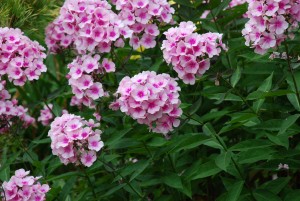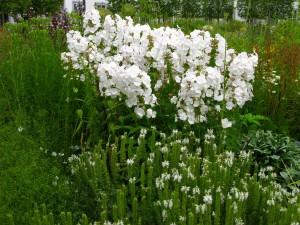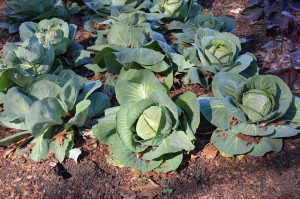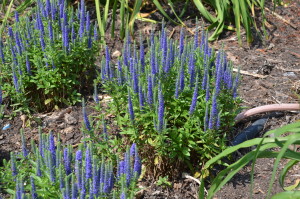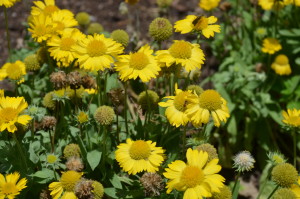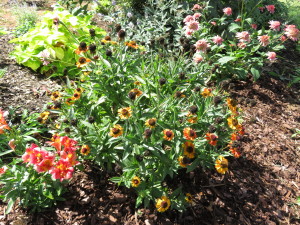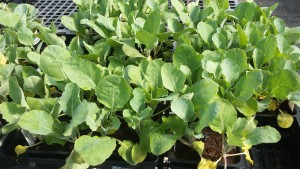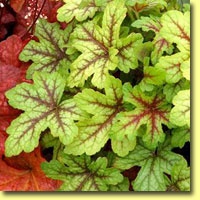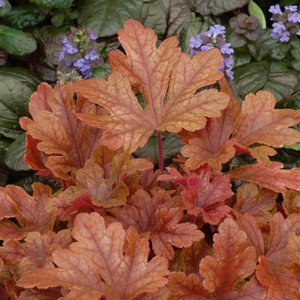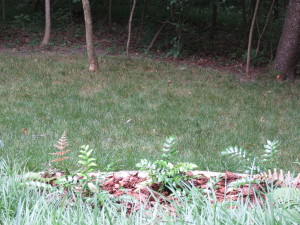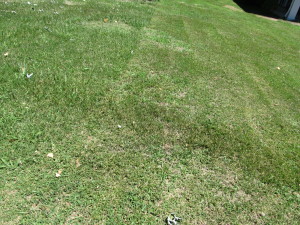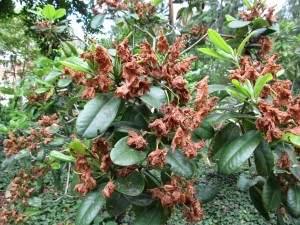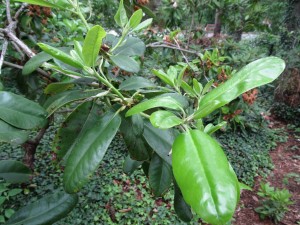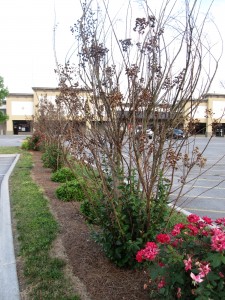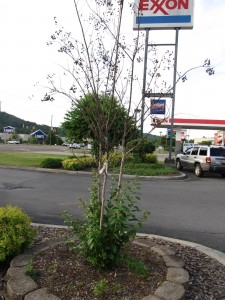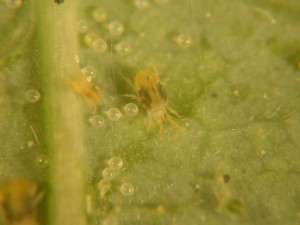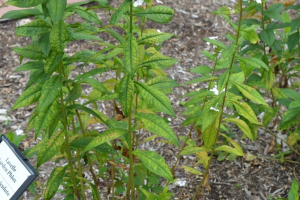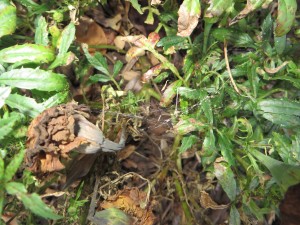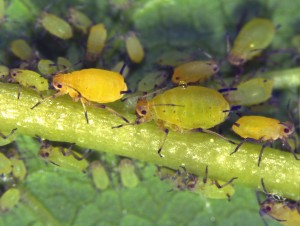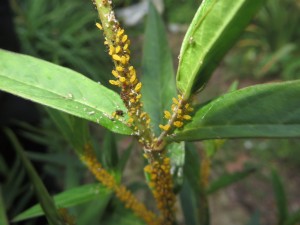Garden phlox (Phlox paniculata), aka summer phlox, is native from New York to Iowa south to Georgia, Mississippi and Arkansas (USDA hardiness zones 4 to 8(9)). They are valued for their long beautiful floral display and fragrance. In the wild phlox grow it in moist, rich open woodlands, alluvial soils along streams and rich garden soils.
The right location is an absolute when growing garden phlox. Phlox prefer an compost-rich, moist, moderately acidic, well-drained soil. Best flowering on sturdy healthy plants is in full sun. Space plants adequately for good air circulation to prevent or reduce powdery mildew problems. Phlox are intolerant of dry soils and summer dry spells. Avoid overhead watering and trickle irrigation; mulching helps to cool soil and maintain soil moisture. Remove faded flower panicles to prolong bloom period and to prevent unwanted self-seeding (cultivars generally do not come true from seed).
Garden phlox are clump growers and grow 2-4 feet tall and 2-3 feet wide on sturdy stems. The dark green lance-shaped leaves are 4-6 inches long and prominently veined. Dome shaped flower clusters are densely packed with a hundred or more 1 inch wide tubular florets. Each individual floret has a long corolla tube and five flat petal-like lobes. Color choices include white, lavender, pink, rose, red and bi-colors. Butterflies and hummingbirds swarm around the fragrant flowers; deer usually stay away.
Divide clumps every 3-4 years to maintain plant vigor.
Phlox is not always an easy plant to grow. Powdery mildew and occasional spider mites can be troublesome, particularly in the southeastern U.S. Do your homework when selecting the cultivars to plant in your garden. Check for trial garden evaluations at state agricultural university. A cultivar rated as resistant in powdery mildew in Chicago may not be in Philadelphia, Atlanta, or Dallas. In a 1999-2001 North Carolina State University Trial in Mills River, no varieties proved to be completely powdery mildew resistant. However, these cultivars exhibit a high degree of disease resistance: ‘David,’ ‘Delta Snow,’ ‘ Natascha,’ ‘Robert Poore,’ ‘Speed Limit 45’ and the species Phlox caroliniana.
Some comments from Mt. Cuba phlox trials (2015-17) in Delaware have been added. This garden blog will be updated in future.
Powdery mildew resistant cultivars to try:
‘David’ – pure white tubular florets; 3-4 feet tall and 2-3 feet wide; floral display not impressive in Mt. Cuba trial.
‘Delta Snow’ – snowy white tubular / purple eye florets; 2-3 feet tall and wide; plants became floppy in midsummer in Mt. Cuba trial.
Flame™ Pink – fuchsia pink /darker pink eye florets; compact 15-18 inches tall and wide; some leaf spotting in late summer.
‘Katherine’ – dense, blue-lilac / white center florets; 2-3 feet tall and wide; spider mites problem in Mt. Cuba trial.
‘Minnie Pearl’ – white florets; 20 inch tall and wide; repeat blooming; floppy plant habit in late summer.
‘Robert Poore’ – rich lavender purple florets; 4-5 feet tall and 2-3 feet wide; spider mites problem in Mt. Cuba trial..
‘Shortwood’ – pink / dark pink eye florets; 42-48 inches tall and 24-30 inches wide.
‘Volcano Purple’ – lavender/purple / white eye florets; very compact 12-20 inches tall and 18-24 inches wide.

